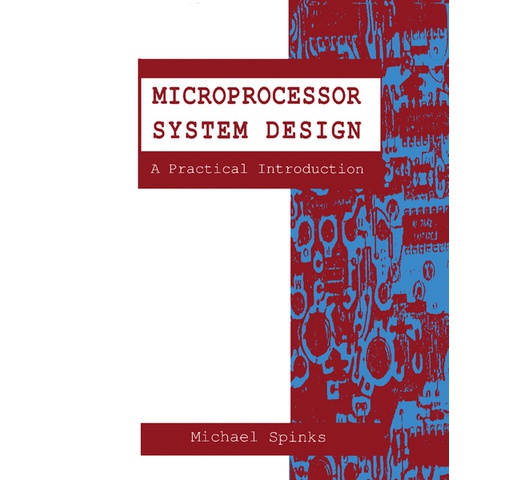
Microprocessor System Design
Microprocessor System Design: A Practical Introduction describes the concepts and techniques incorporated into the design of electronic circuits, particularly microprocessor boards and their peripherals. The book reviews the basic building blocks of the electronic systems composed of digital (logic levels, gate output circuitry) and analog components (resistors, capacitors, diodes, transistors). The text also describes operational amplifiers (op-amp) that use a negative feedback technique to improve the parameters of the op-amp. The design engineer can use programmable array logic (PAL) to replace standard discrete TTL and CMOS gates in circuits. The PAL is programmable and configurable to match the requirement of a given circuit. Using PAL can save space, a very important factor in the miniaturization process. Examples of PAL applications include the BCD counter, the LS 138 emulator, and a priority interrupt encoder. The book also explains the operation and function of a microprocessor, the bus-based systems, analog-to-digital conversion, and vice-versa. The text is suitable for programmers, computer engineers, computer technicians, and computer instructors dealing with many aspects of computers such as programming, networking, engineering or design.
KES 10,916

International delivery
Free click & collect
| UPC | 9781483104959 |
|---|---|
| Author | Michael J. Spinks |
| Pages | 256 |
| Language | English |
| Format | |
| Publisher | Elsevier Science |
| SKU | 9781483104959 |
None

